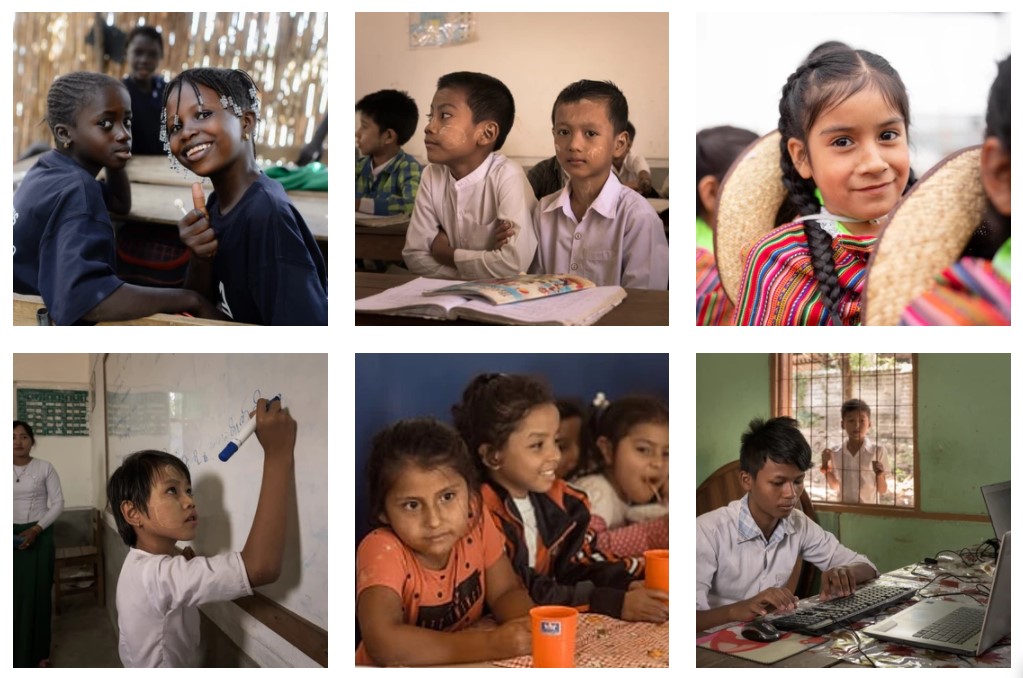The world is facing the most significant global education emergency in our lifetime. After all, disasters, pandemics, and wars don’t spare children. The COVID-19 pandemic adds additional impact to an existing learning crisis. Globally, 1.6 billion learners have been out of school since April 2020. It is estimated that an entire generation of 9.7 million children will probably never return to school following the pandemic.
According to the latest report from Save the Children, an international aid organization, “the poorest and most marginalized children are at risk – especially from losing out on learning and not returning to the classroom.” The price they will have to pay is their future.
Schools for these children are more than a space to learn; they are safe places where teachers become their protectors and children can receive warm meals, access healthcare (including mental health services), and play with their friends. But with school closures, these children are missing out on essentials that the school environment offers.
Even as the virus begins to subside in some countries, and schools begin to reopen, there are still challenges in trying to learn in an environment where the virus still exists. Schools need to adapt to a new reality of physical distancing, children attending classes in shifts, increased demands for hygiene practices and concerns over children’s wellbeing.
Children and young people need alternative ways to develop and learn, to stay connected to their schools, and – when schools reopen – to be prepared for their return. Without access to technology and materials needed to continue learning, however, they’re at a significant disadvantage. The ‘digital divide’ refers to the inequalities of access to technology in low-resource environments, as seen over the last several decades
What can we do to help bridge the gap and help the children make up for lost learning?

Invest in education. Continued education is a crucial part of the global response to COVID-19 and to strengthening the global education architecture. Urgent efforts must be made to reach children who have no internet access with low-tech or no-tech learning options.
The Acronis Cyber Foundation wants to bring computer labs to every school we build and make educational technology (EdTech) accessible. This will have a positive impact on keeping children connected with education, supporting caregivers’ teaching skills, and encouraging community participation in learning efforts.
We are looking for like-minded partners to work together with, to bring the EdTech vision to our schools. Reach out to us at foundation@acronis.org to find out more and we’ll find a great project together!
You can find more information in the latest report from the organization “Save the Children”.